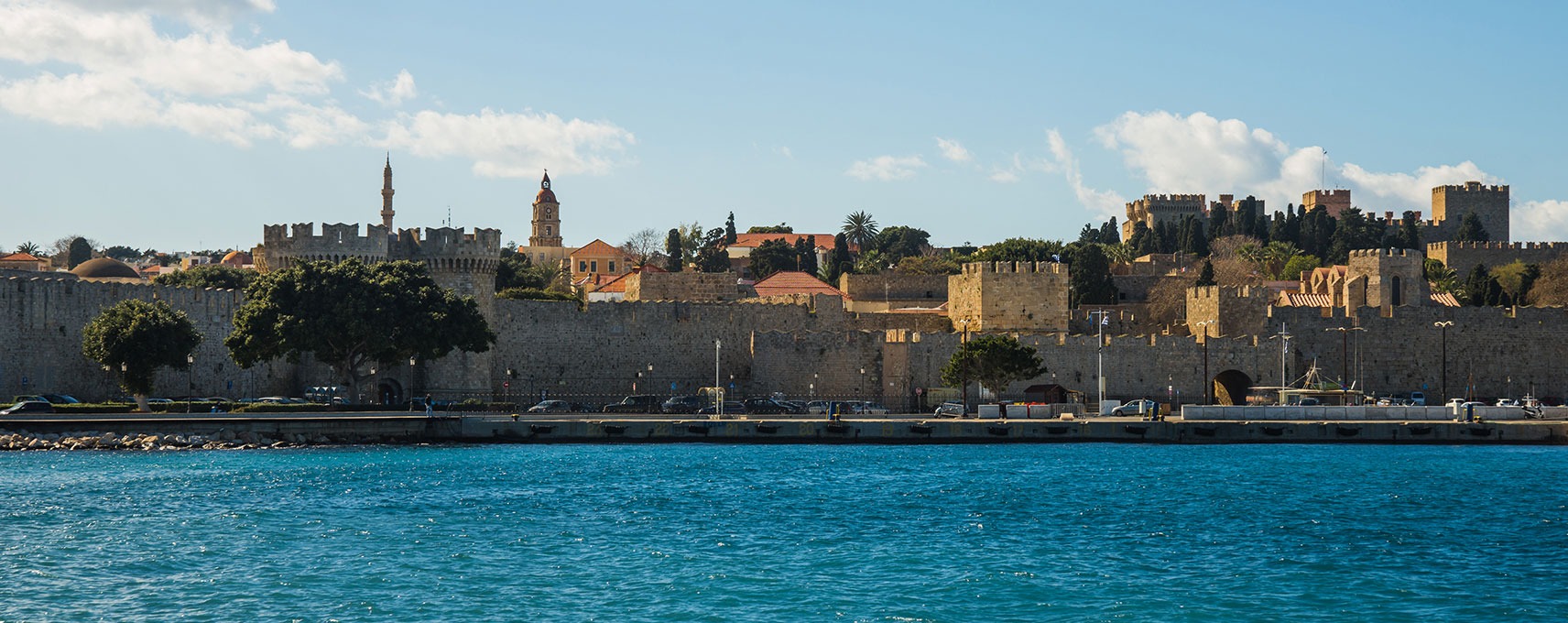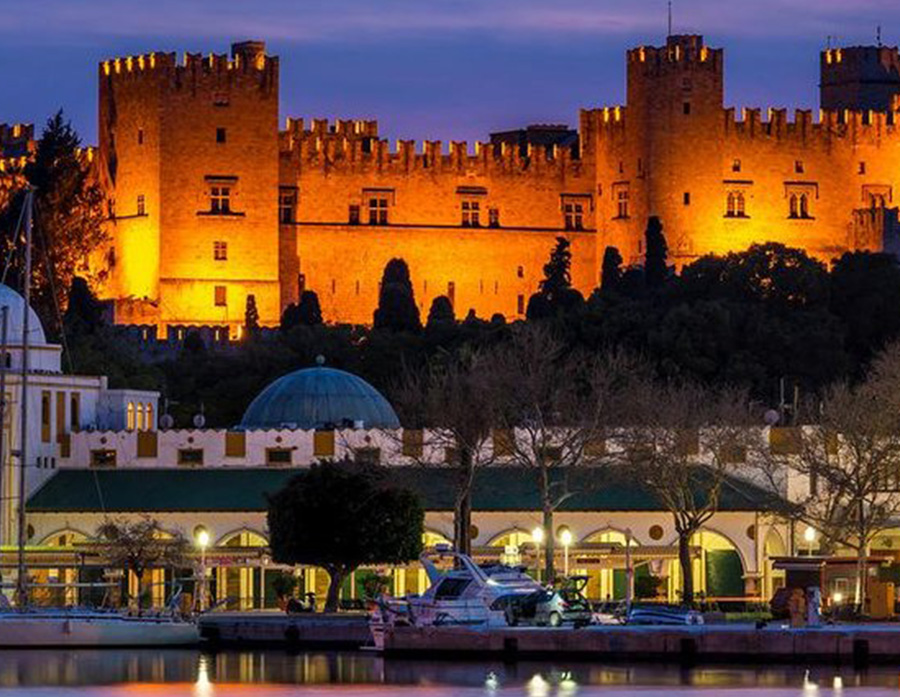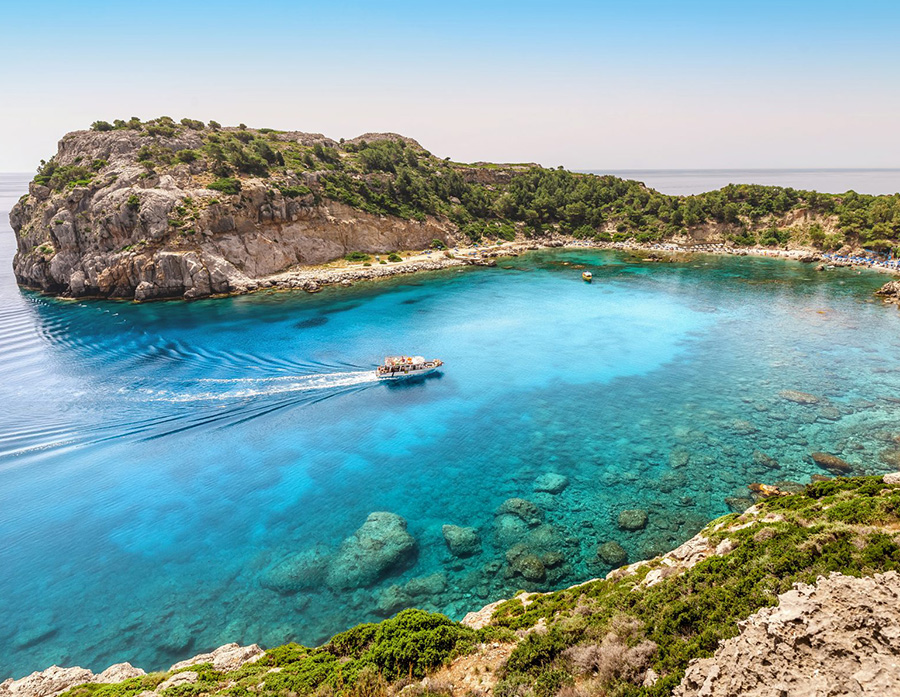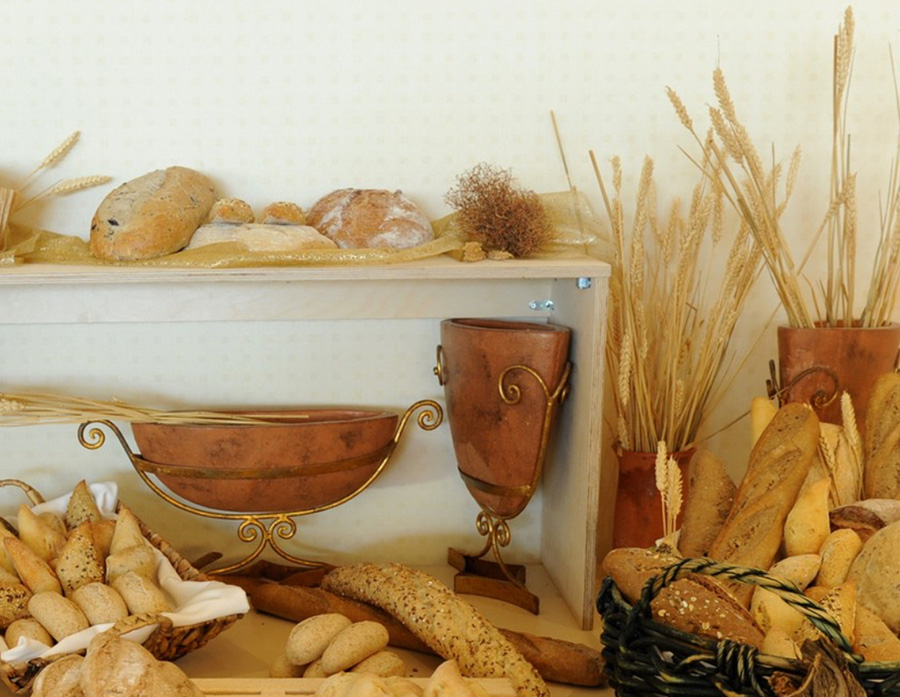The island of Rhodes
“melting pot”
The island of Rhodes is located in the southeastern Aegean Sea. The capital of the island, founded on its north-eastern tip 2,400 years ago, is a fascinating city; a “melting pot” of the historical remnants of its ancient and medieval past together with the “hustle and bustle” of present day cosmopolitan life. Because of its location, it became a crucial maritime hub in ancient and medieval times, controlling trade routes between the Aegean, Egypt, and the Levant.
Rhodes, with its rich ancient Greek heritage, hosted significant sanctuaries dedicated to deities such as Helios, Athena, Apollo, Artemis, and Demeter. These sanctuaries were centers of worship and culture, and many of them can still be visited today.

Worship of the Sun
The Sun was the patron god of Rhodes. According to mythology, the Sun joined his powers with the nymph Rhodos, and from their union the Heliades were born. The worship of the Sun was central to the religious life of the island.
Nymphaea (Sanctuaries of the Nymphs)
The Sun was the patron god of Rhodes. According to mythology, the Sun joined his powers with the nymph Rhodos
Underground worship caves, known as Nymphaea, are located near the acropolis of Rhodes. Dedicated to the nymphs, they are wonderful combination of natural beauty and spirituality.
In antiquity, Rhodes was known for the Colossus of Rhodes, one of the Seven Wonders of the Ancient World. This massive statue of the sun god Helios symbolized the city’s wealth and engineering prowess.
Rhodes was a center of learning and philosophy, particularly during the Hellenistic period. It attracted scholars and became a fusion point of Greek, Roman, and later Byzantine culture.
The ancient Acropolis of Rhodes is situated on the summit of “Monte Smith” Hill, where remnants of the Temple of “Apollo” and the restored edifices of the Ancient Stadium and Odium dominate over the modern city of Rhodes.
Only a few minutes from the Acropolis, you can immerse yourself in yet another atmosphere: High walls, deep moats, narrow cobbled streets leading the way to the medieval town of the Knights. Byzantine churches, Gothic rhythm Palace, Inns and Hospitals, and Mosques co-exist in a most traditional Greek setting touched little by the modern pace and way of life. One of the most impressive buildings within the walls is the “Grand Masters’ Palace” it was restored during the Italian period of
the island and today houses a superb collection of original mosaics from Kos island dating from the Hellenistic to early Byzantine period.
, and from their union the Heliades were born. The worship of the Sun was central to the religious life of the island.

Important Archaeological Sites
- Medieval Old Town (UNESCO Site)
- Palace of the Grand Master·
- Street of the Knights·
- Medieval walls and gates·
- Acropolis of Lindos· Ancient Kamiros·

Activities in nature.
- Valley of the Butterflies (Petaloudes)·
- A peaceful, shaded natural reserve filled with butterflies in the summer.
- Tsambika, Anthony Quinn Bay, and St. Paul’s Bay·
- Beautiful beaches with clear waters perfect for swimming, sunbathing, and snorkeling.
- Seven Springs (Epta Piges)·
- A lush, shady retreat with walking paths and a tunnel that leads to a hidden lake.

Local Gastronomy & Wine
Vinyards in Emponas: The area hosts several vineyards offering local wines, such as Rodofili and Chevalier de Rhodes.

Traditional Villages
- Archangelos – pottery and old customs·
- Embonas – wine capital of Rhodes·